A walled garden becomes a multi-functional space for modern life
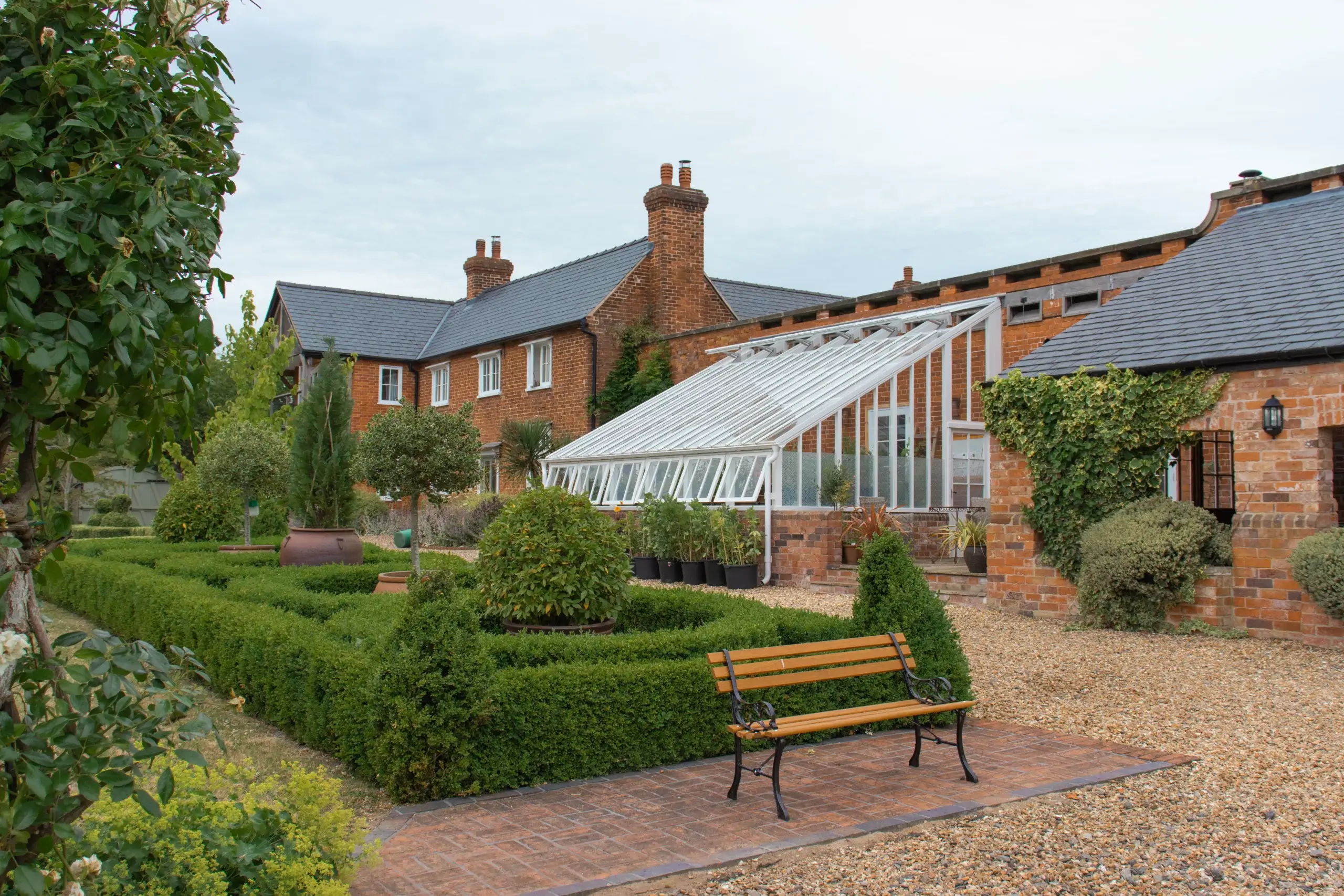
In a Shropshire walled garden dating back to the 1850’s, lay the remnants of 3 large, crumbling Victorian glasshouses. Beyond repair but still holding onto many clues about how they were engineered and used. They were an inspiring yet daunting aspect of turning this neglected space into a family home and garden.
Our clients purchased this portion of the estate in 2002. It included the gardener’s cottage which is now their home, and various outbuildings and a bothy.
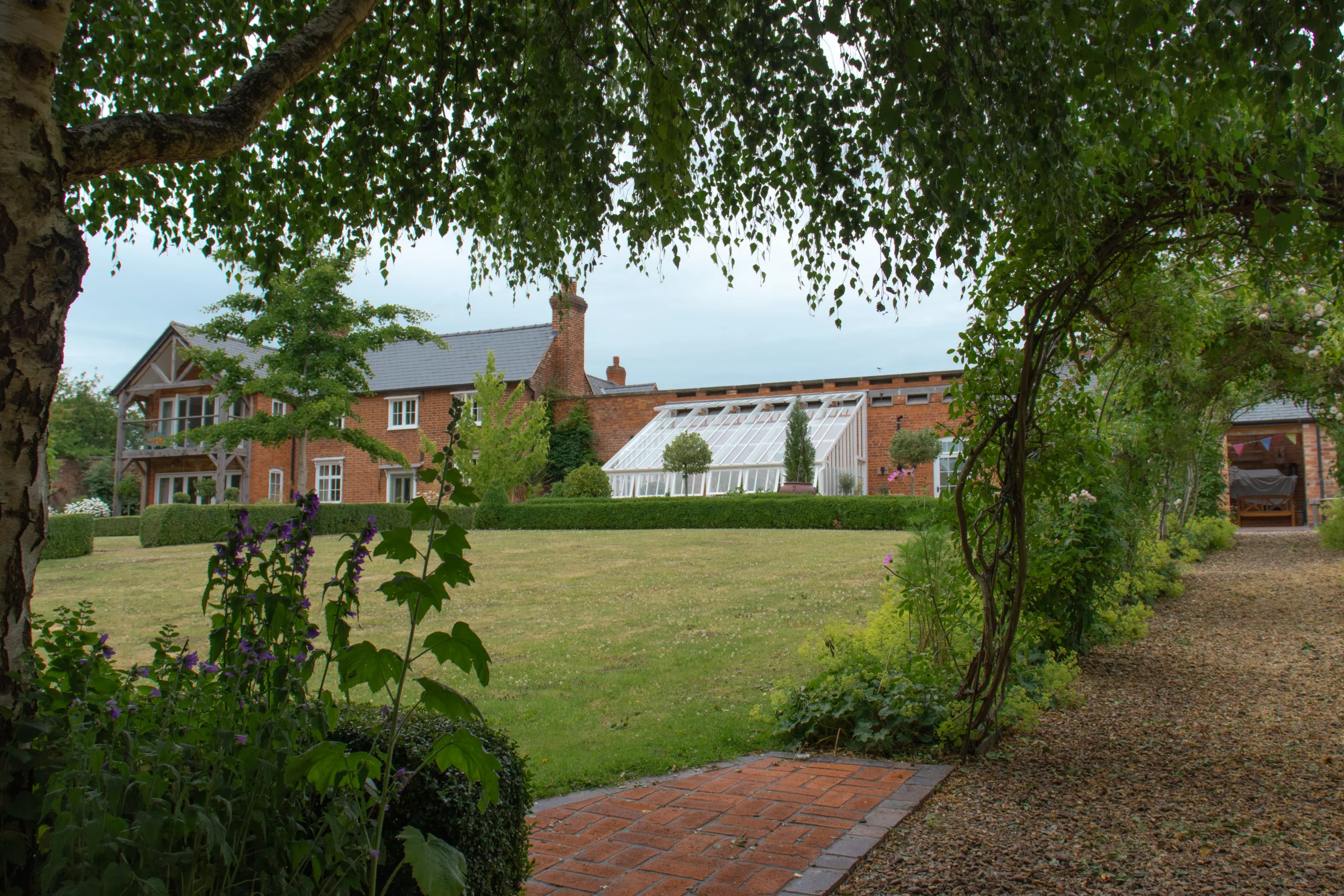
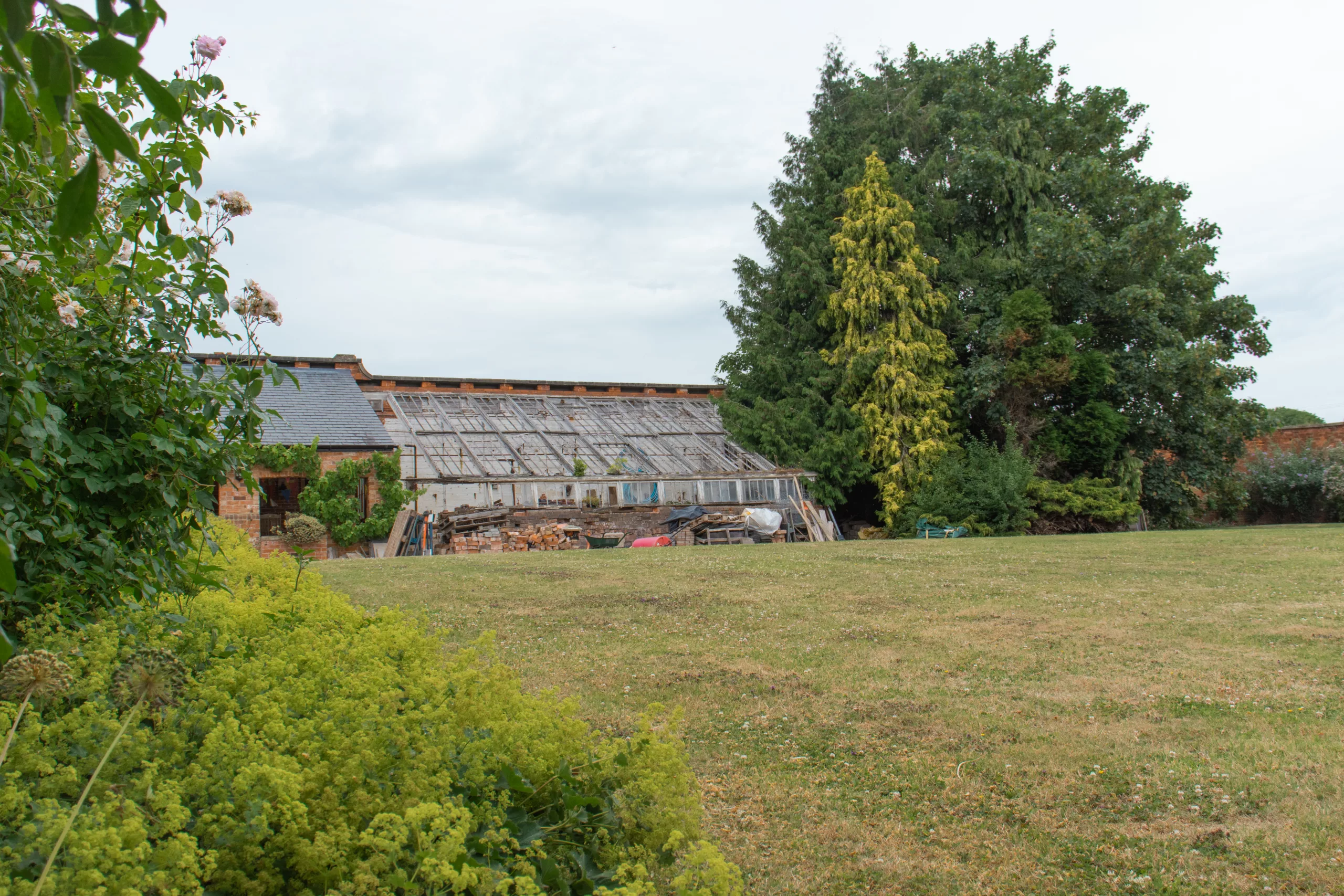
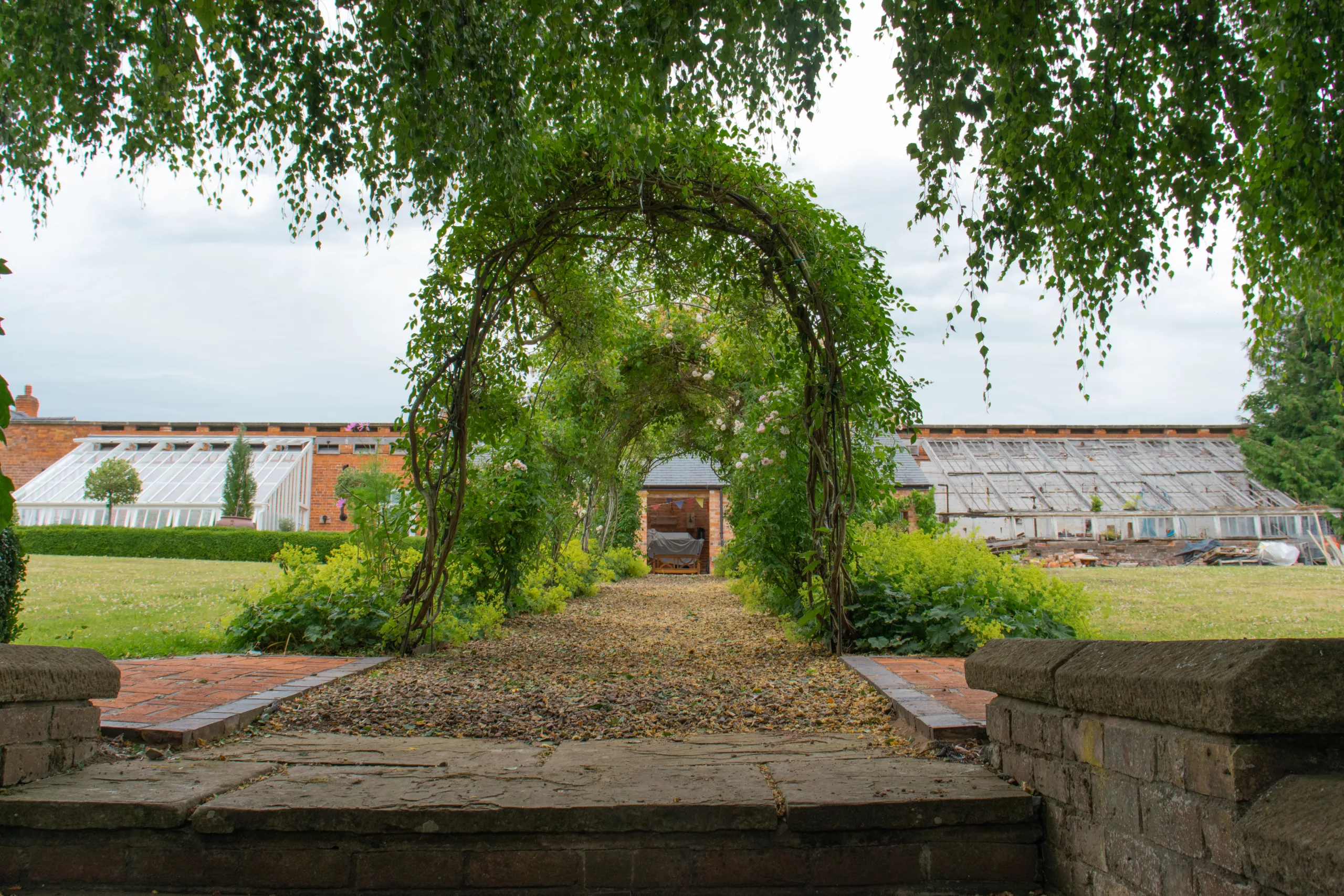
The story of the estate which the gardens and glasshouses once served is a familiar one. The main house destroyed in the 1950’s as a consequence of crippling inheritance taxes. And despite remaining an active market garden until about 2000, the glasshouses were in a state of severe neglect. Whilst the walled garden was the key draw for our owners, this had to wait. Building a family home was the priority.
“It was 2 years but three winters in 2 caravans with two very small children. The garden had to wait!”
Attention turned to the garden in 2004 and has been in steady evolution ever since. The land gently slopes in a southerly direction and is divided into upper and lower sections. A flock of sheep initially “managed” the area and the lower garden does still host them occasionally. The upper garden is much more developed now though, and the sheep are no longer welcome in this section.
Describing themselves as Learning Gardeners, family and friends initially encouraged them.
“My Father-in-law, an ex-nursery man, would arrive from Chichester in an old Volvo estate crammed with plants”
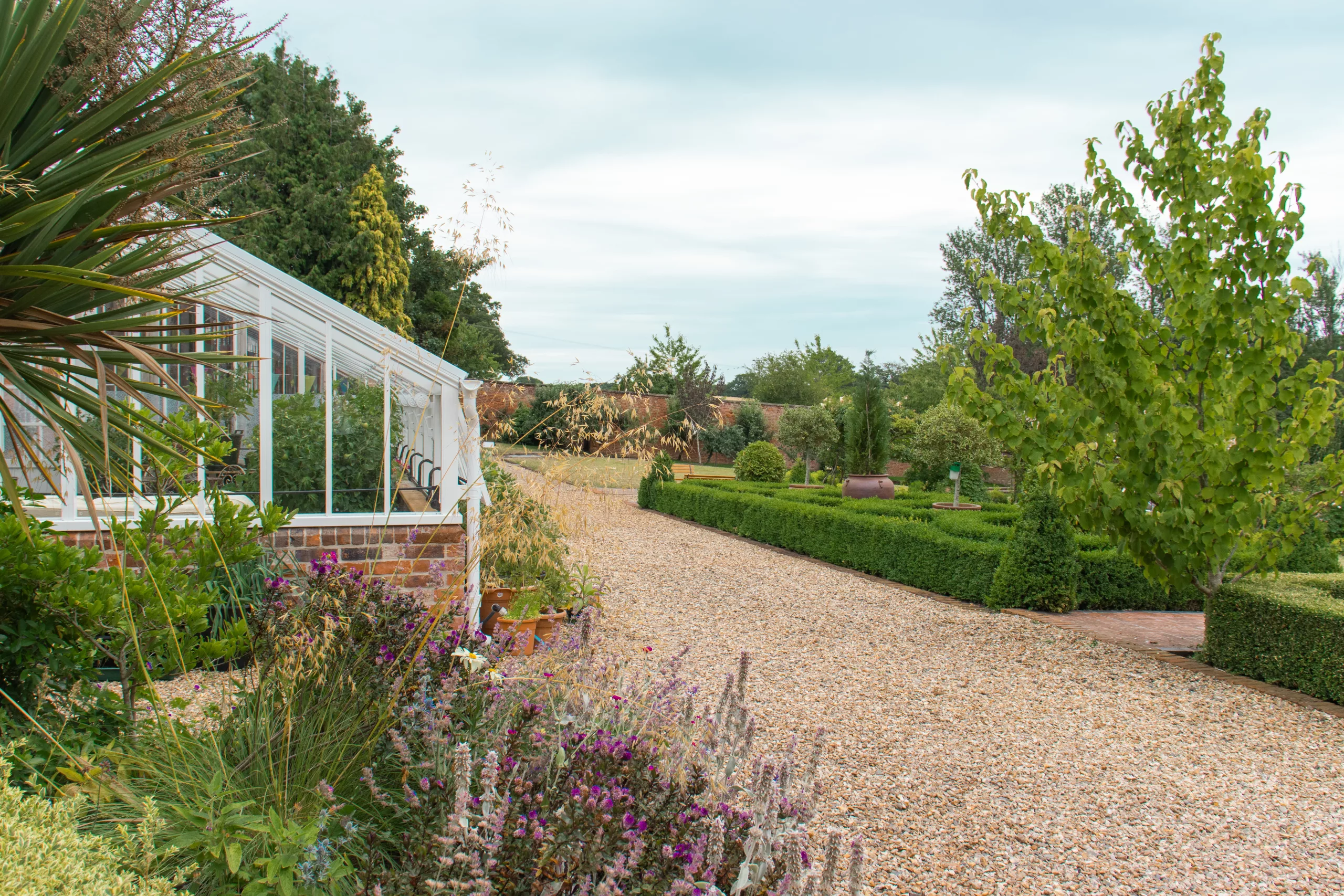
Gradually, early indiscriminate planting has given way to a more knowledge-based strategy. The siting of plants is more informed and plant choice more discerning.
“I realised I could move the plants I didn’t really like and replant an area that I wasn’t happy with”
When it came to tackling the glasshouses, 33m split across 3 separate buildings, the couple began with a forensic analysis.
“My father was an architect and he did a lot of detailed research into the site, measuring, counting bricks and investigating the history”
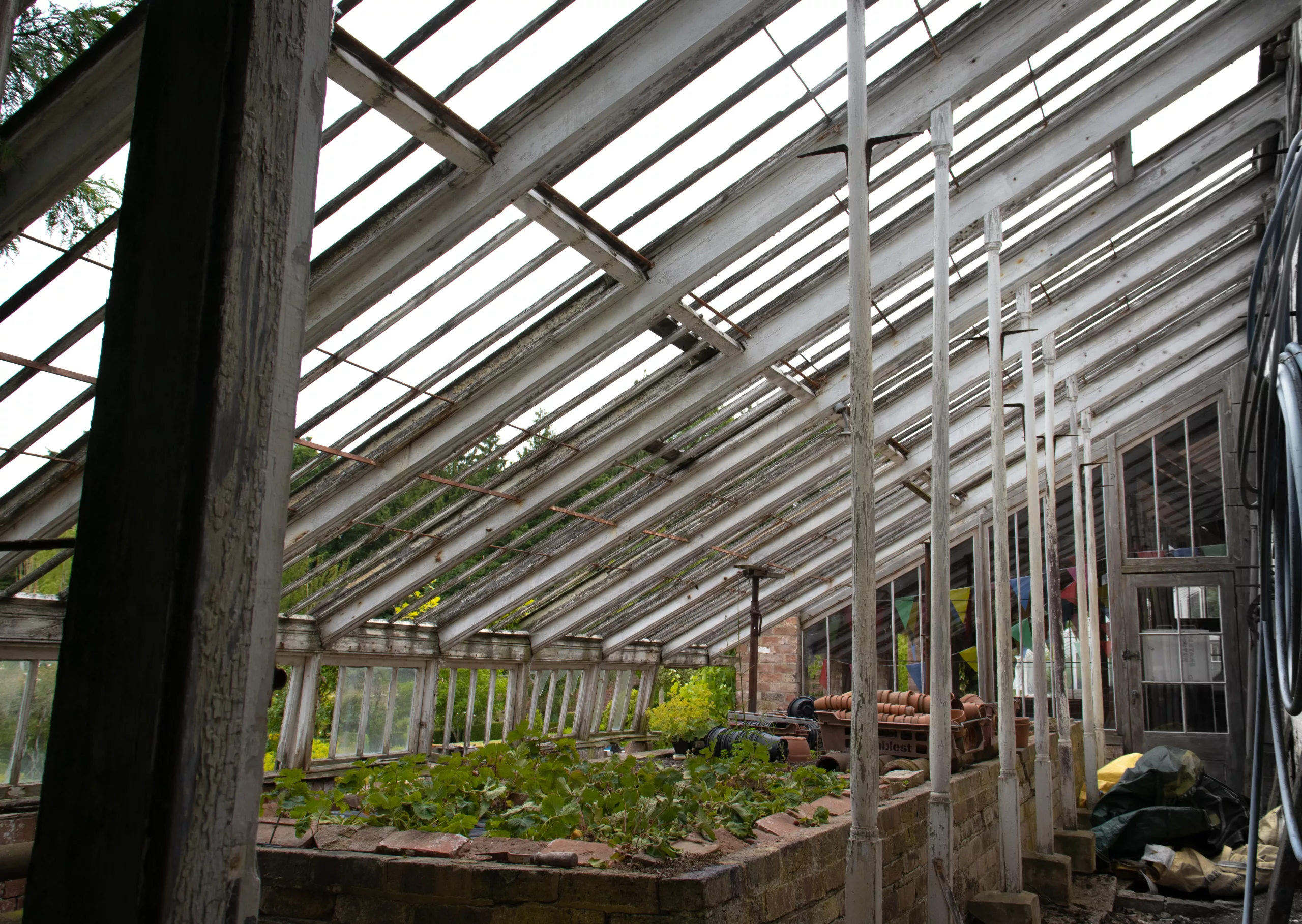
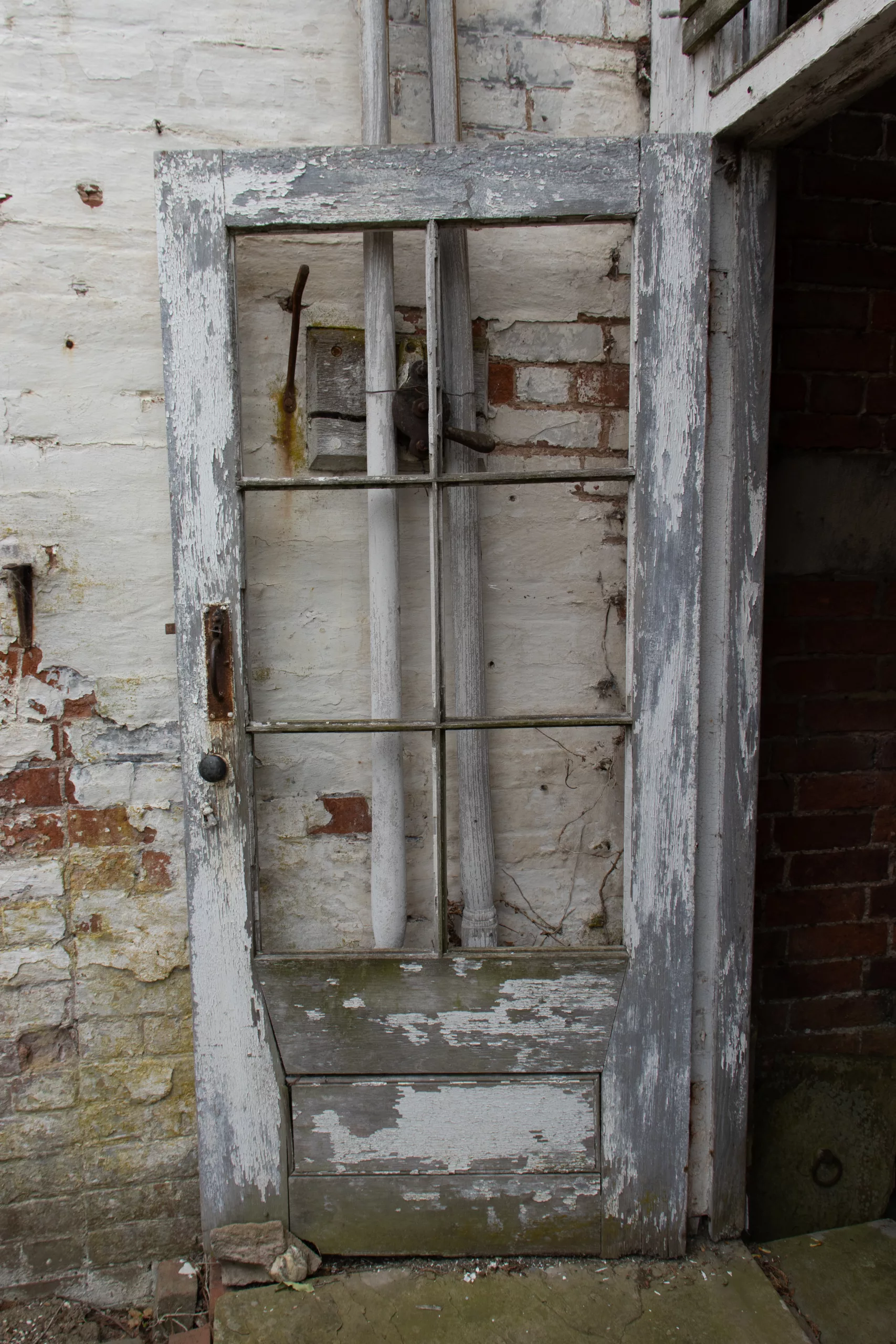
Whilst plenty of original internal workings remained, including complex heating and ventilation systems, the main timber structure was completely rotten and much of the brickwork structurally unsound. Nevertheless, the remaining key features defined what replacement buildings would need to emulate. Salvaging and re-using what they could to inform and authenticate the new structures.
It was important for as much of the main structure to be wood as possible, but the limitations were obvious. A failed lead-lined gutter allowing water to sit in contact with the frames for years had clearly accelerated rot. There was obvious caution about choosing timber again. However, having researched several all-aluminium solutions, they’d found them all too “meccano-like”. Our owners were intrigued by our approach of combining an aluminium roof with timber frames and could see the benefits.
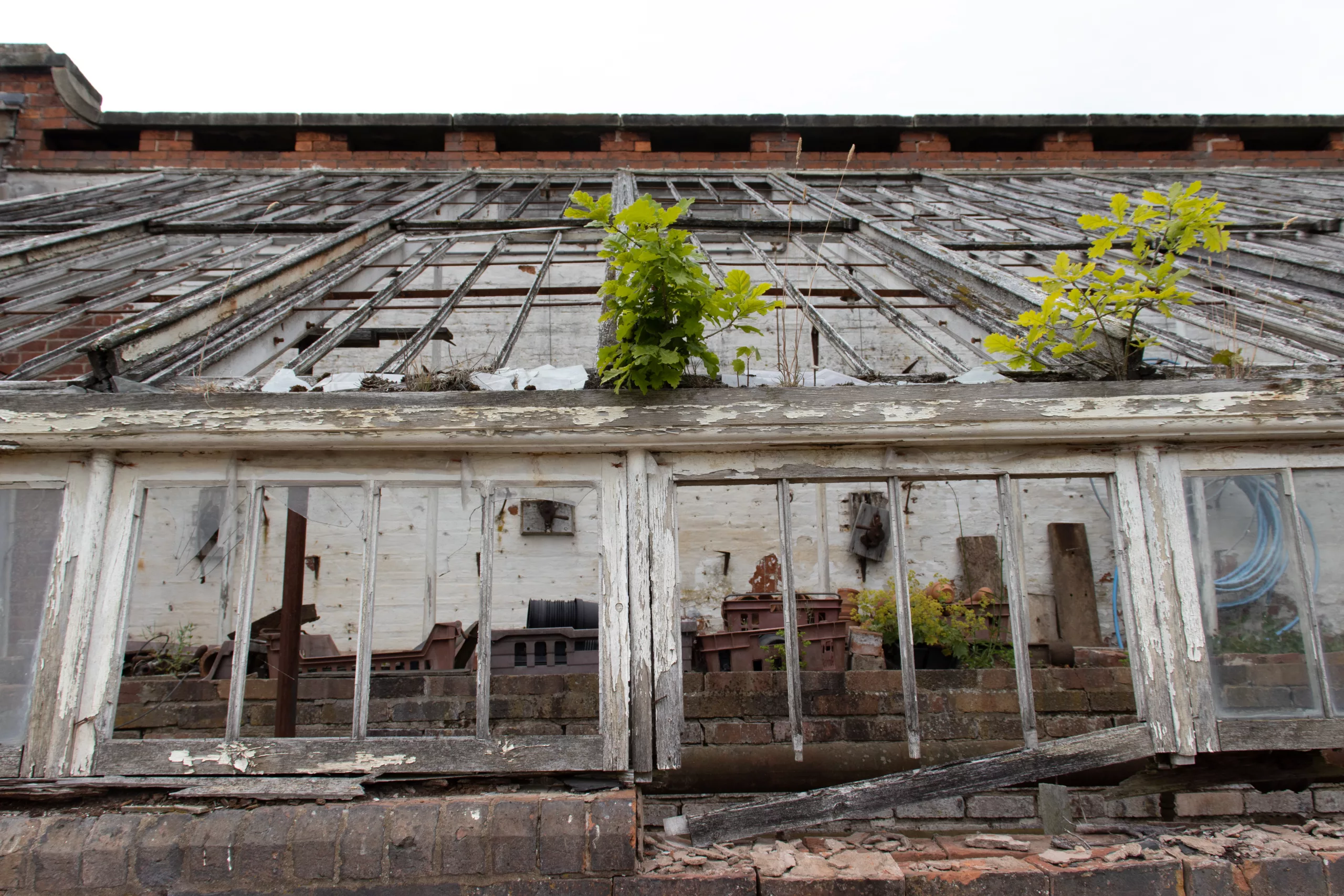
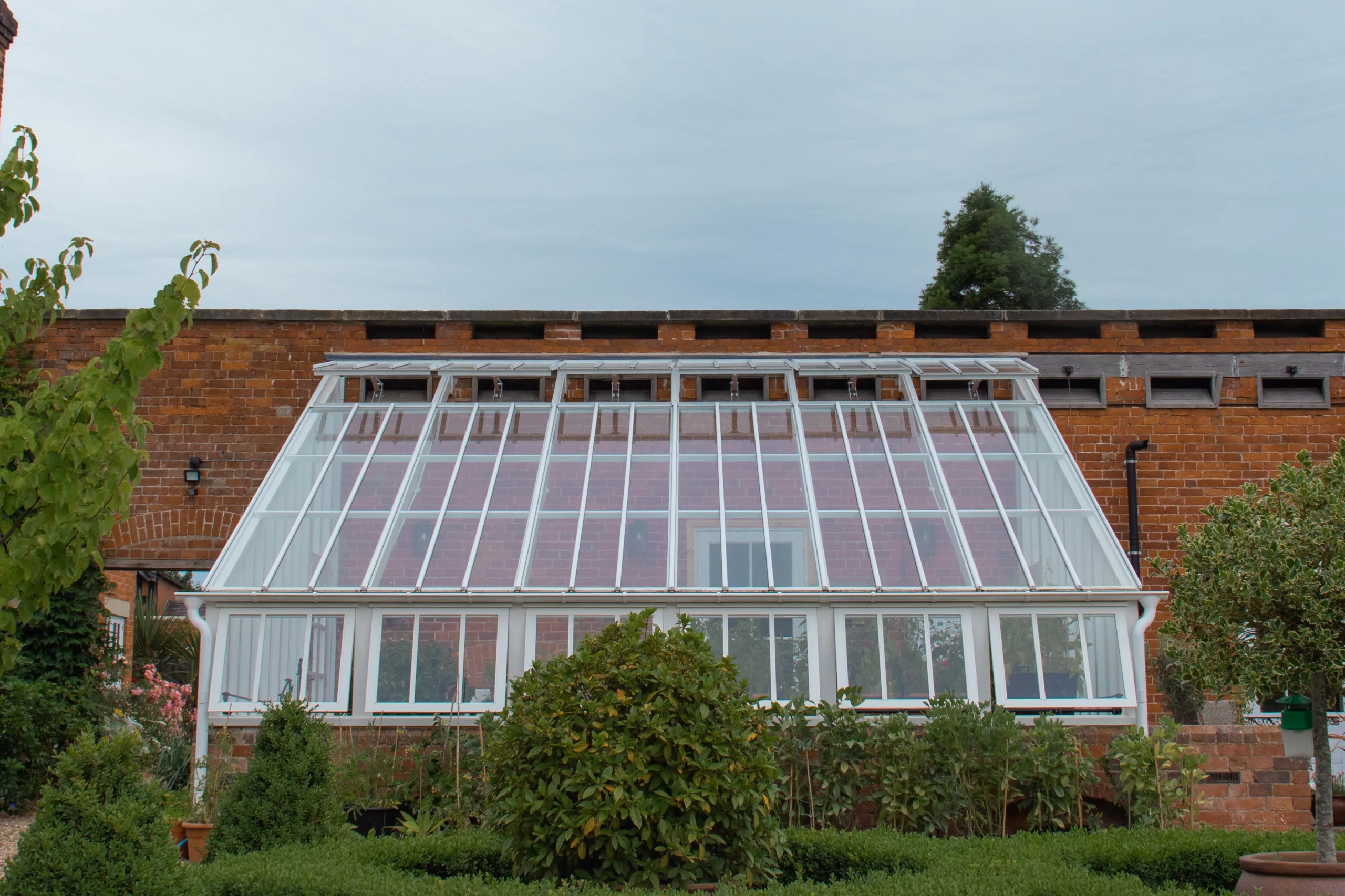
“The mix is just right. Everything that may need repainting in time can be reached with a paintbrush off a ladder. With a building of this span, we’d need to hire a cherry picker to maintain the roof otherwise.”
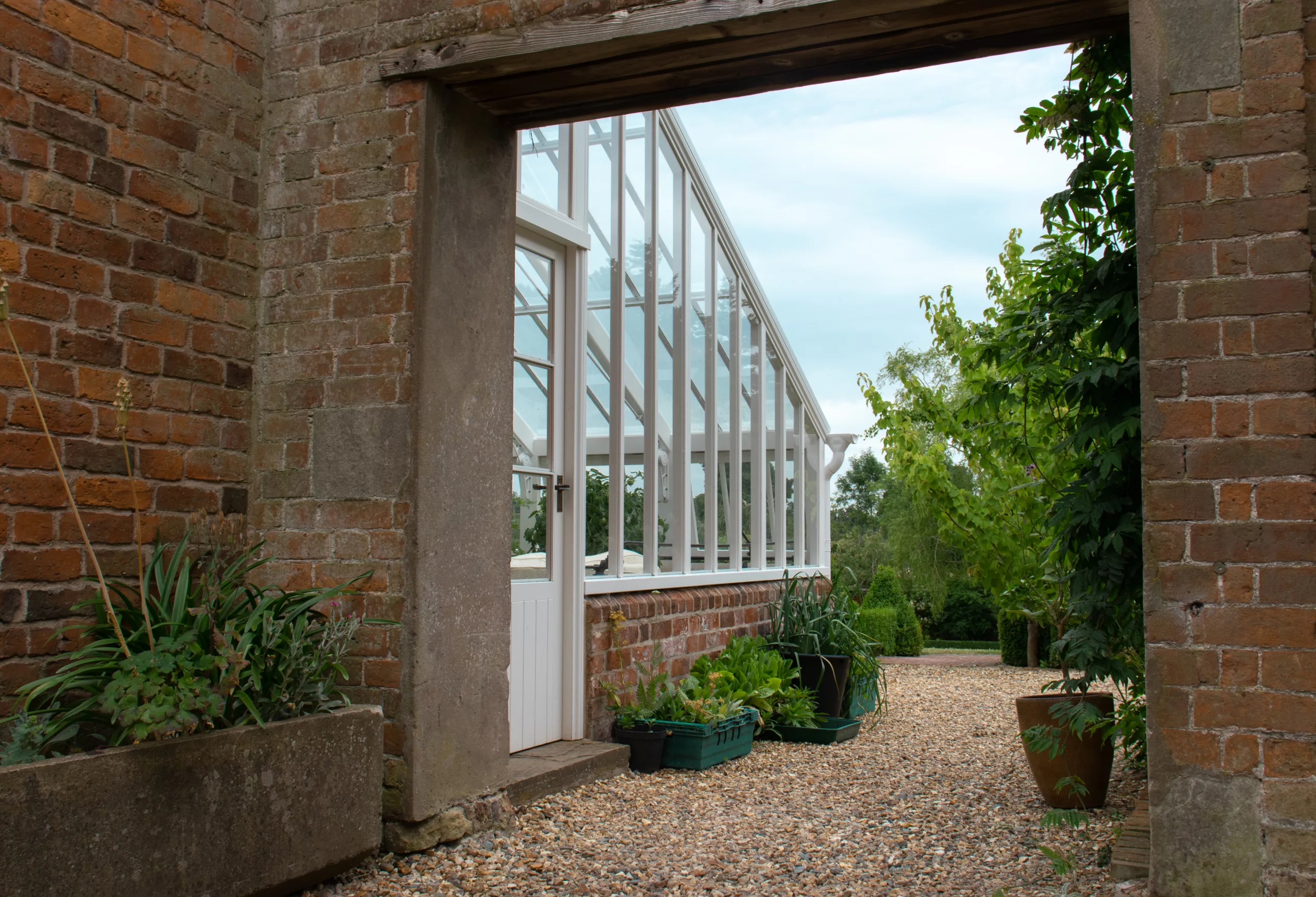
Finally, to reassure them that White Cottage was the right greenhouse supplier for them, they visited a past client.
“The timber rafters looked just like the ones we were replacing.”
The original glazed growing space of 33 meters was designed to meet the needs of a large, wealthy household. This would have included the wider estate community and potentially generated an income stream through the market garden. The next question for our owners was how they and their family were going to use this space. They had no need for such a grand and expansive growing space. And so they began by converting the central section into a multi-functional outdoor space. Rebuilding the dilapidated walls and reusing the original rafters as part of a newly tiled roof. This space now has seating and a ping pong table and quickly became an important resource for their now grown-up sons during lockdown.
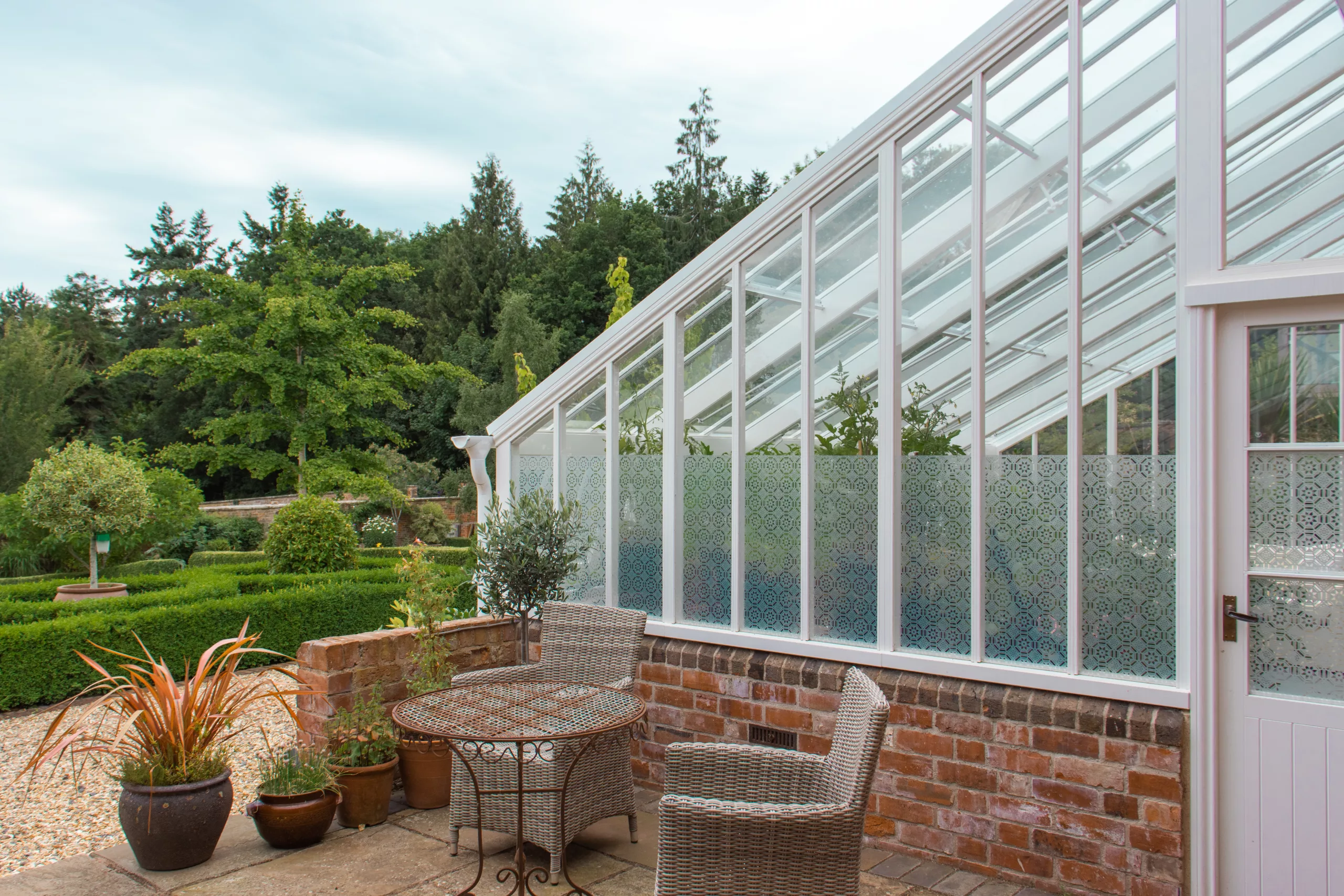
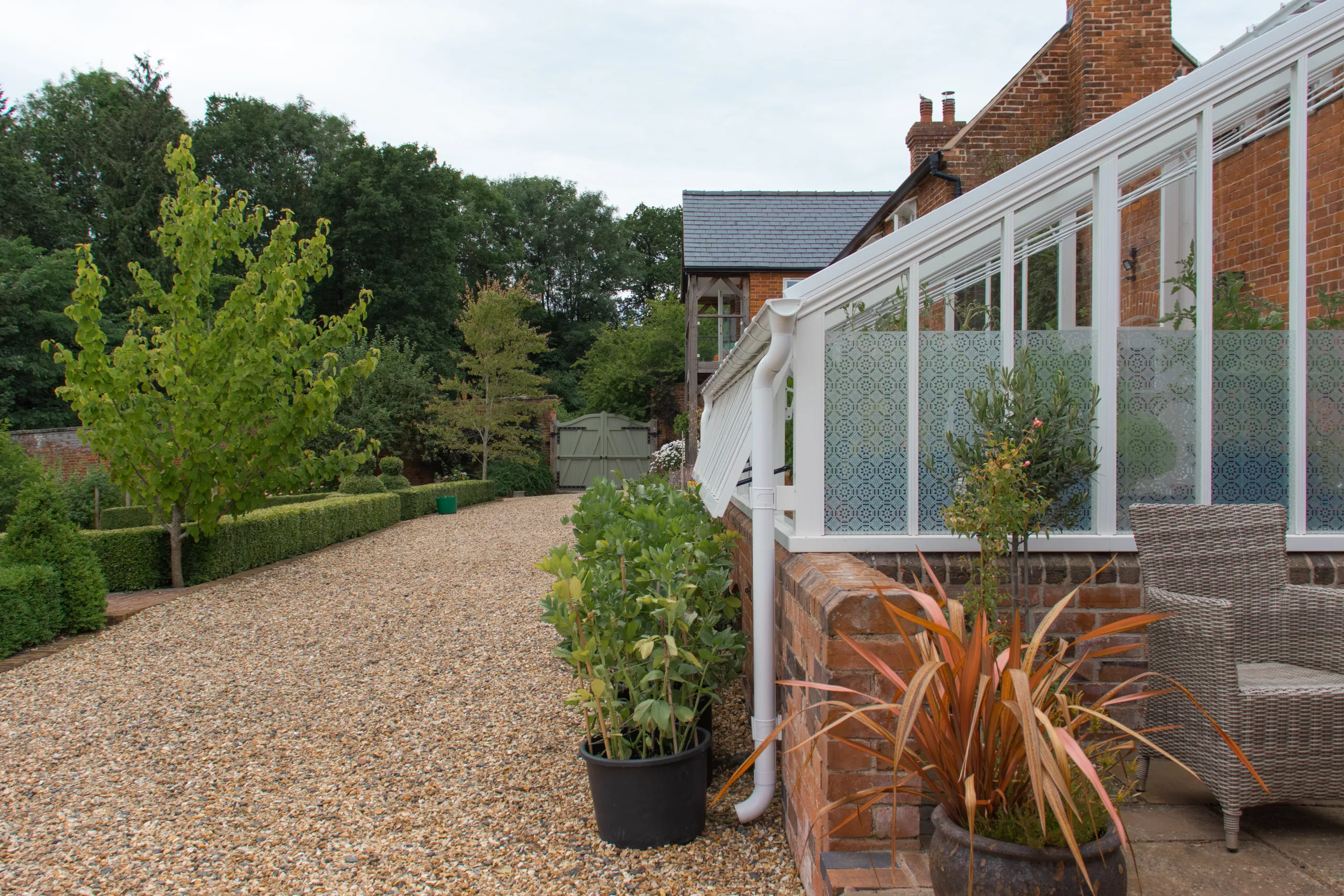
Their initial plan was to rebuild the eastern section of the original structure. But with the house beyond the western side, our clients realised the distance, the “out-of-sight-ness”, meant with busy lives, it would be too easy to forget the watering. Proximity to the house would make it more of an extension of the home. A place to sit with a morning coffee or potter with an evening gin and tonic. Instead of needing to schedule a mission each day.
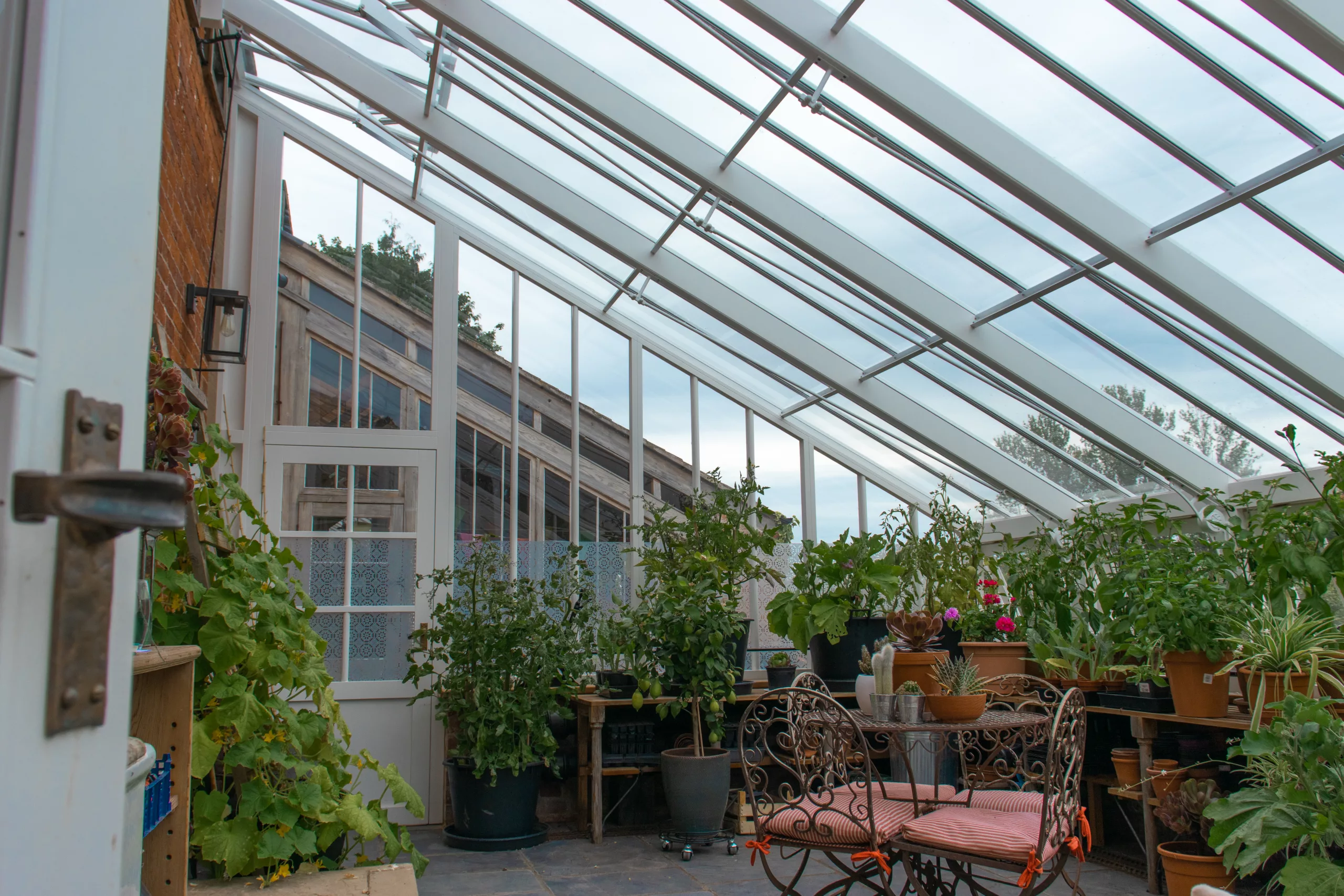
It was important to retain or reuse as many of the original features as possible. This includes the original timber posts that supported the rafters. We’ve repurposed them as staging legs, with an ingenious under-shelf set on the cast brackets. The pipework that would have heated the greenhouses is now a non-functional but atmospheric detail. And new, but historically authentic cast vent gear controls the sash windows. Timber dampers conceal the original ventilation shafts, controlled by a rod and lever system which still works. Indeed they added some complexity to the geometry of the replacement structure. We had to reduce the usual 4-bay modules to span just three. Enabling the supporting rafters to sit in between the now still-functional vent shafts. It’s thanks to the complete flexibility of how we make our greenhouses that no compromise to these cool original features has been needed.
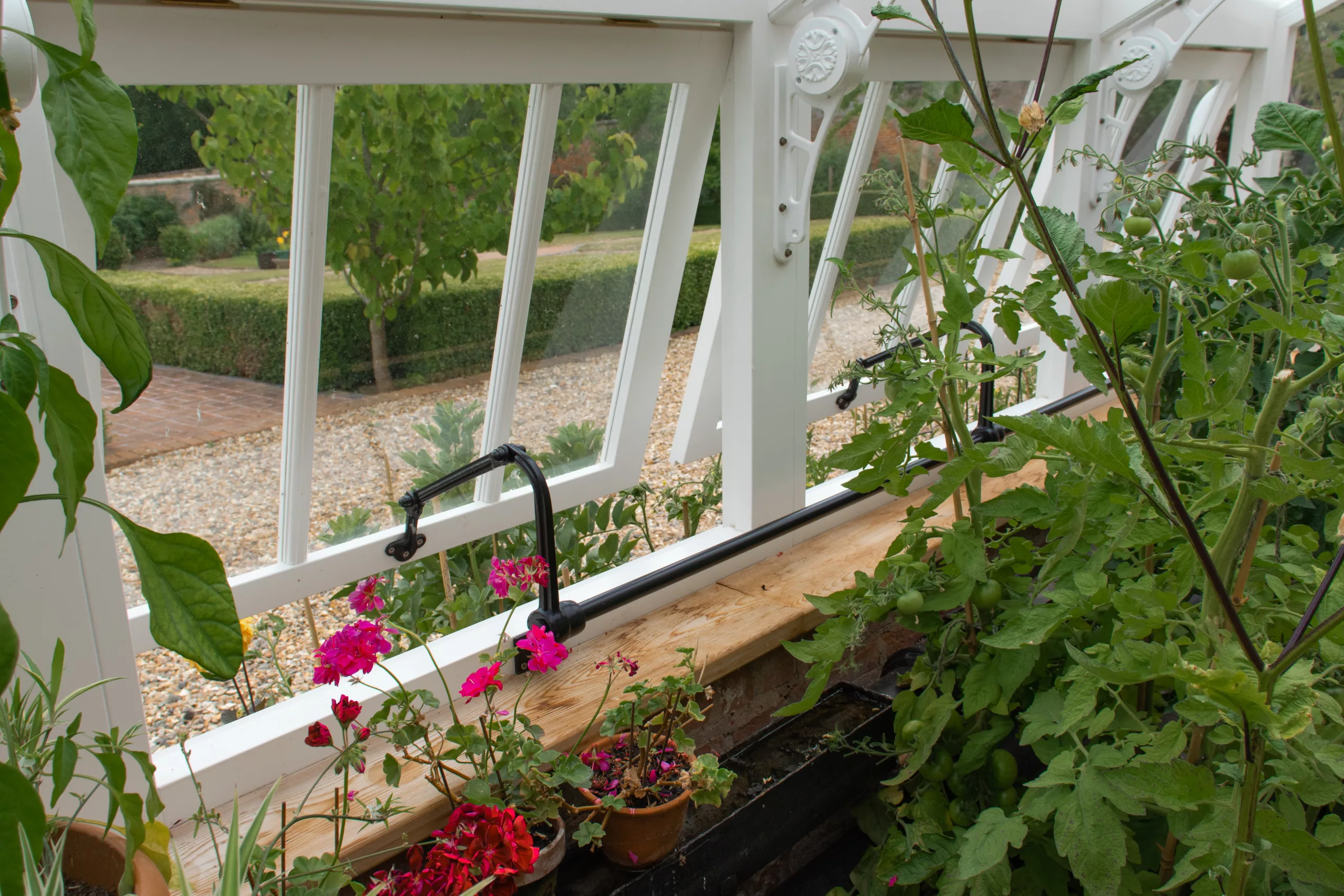
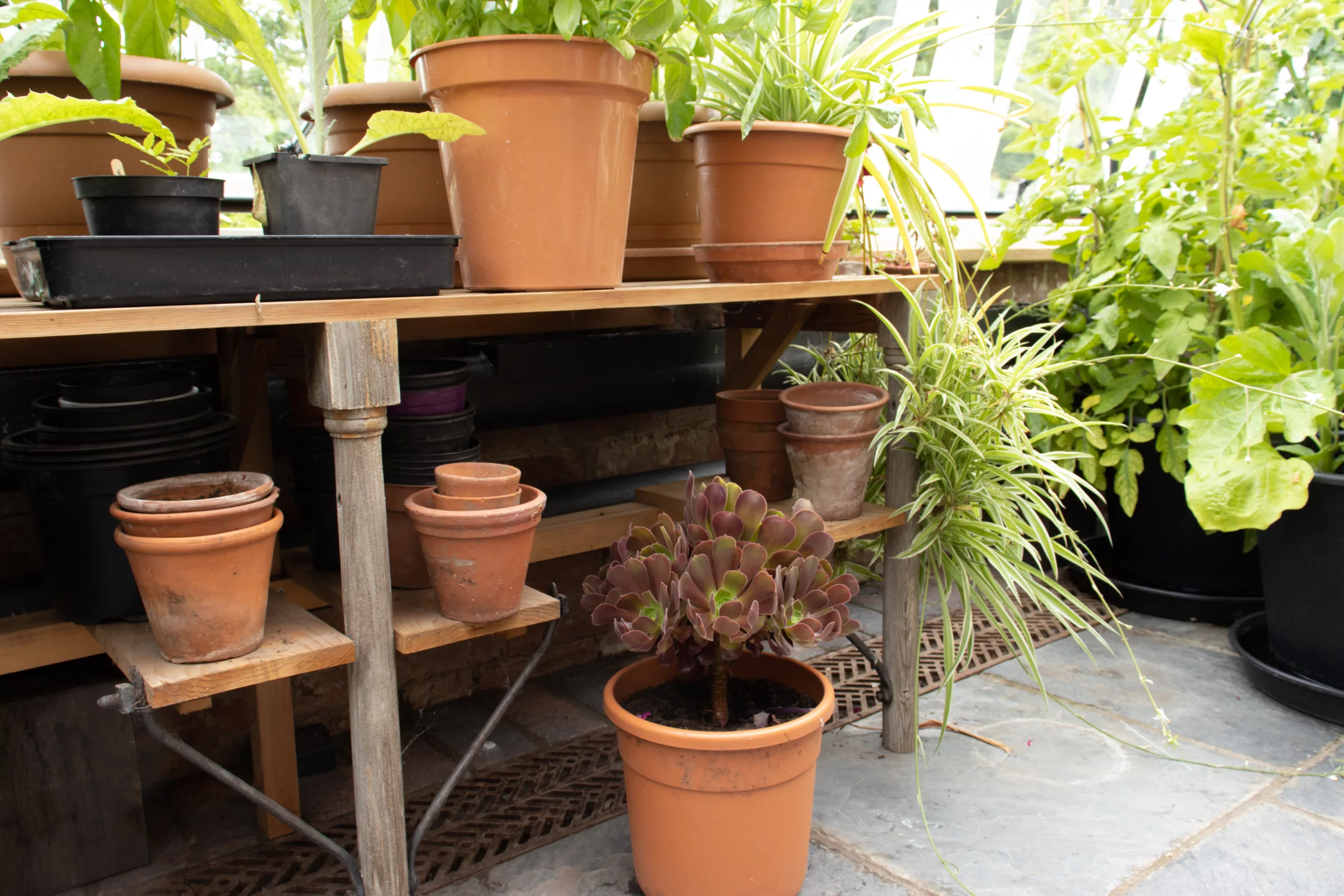
The growing of both food for the table and plants for the garden continue the curve for these Learning Gardeners. The usual salad suspects nestle alongside some promising looking aubergine. Stubbornly un-ripe lemons continue to frustrate at gin-o-clock! Seeking out seeds of more unusual perennials for the borders has also yielded exciting results.
The evolution of this walled garden now continues, as it once did, under glass as well as within the brick boundaries.
“We wanted a multi-functional space for modern life.”
There’s many connections to the past and how things were once done. And yet a complete embrace of current material advancements and what the future holds for this wonderful space. This is a project which exemplifies the ethos of our business.
You can learn more about the material advancements we harness in every greenhouse we make here.
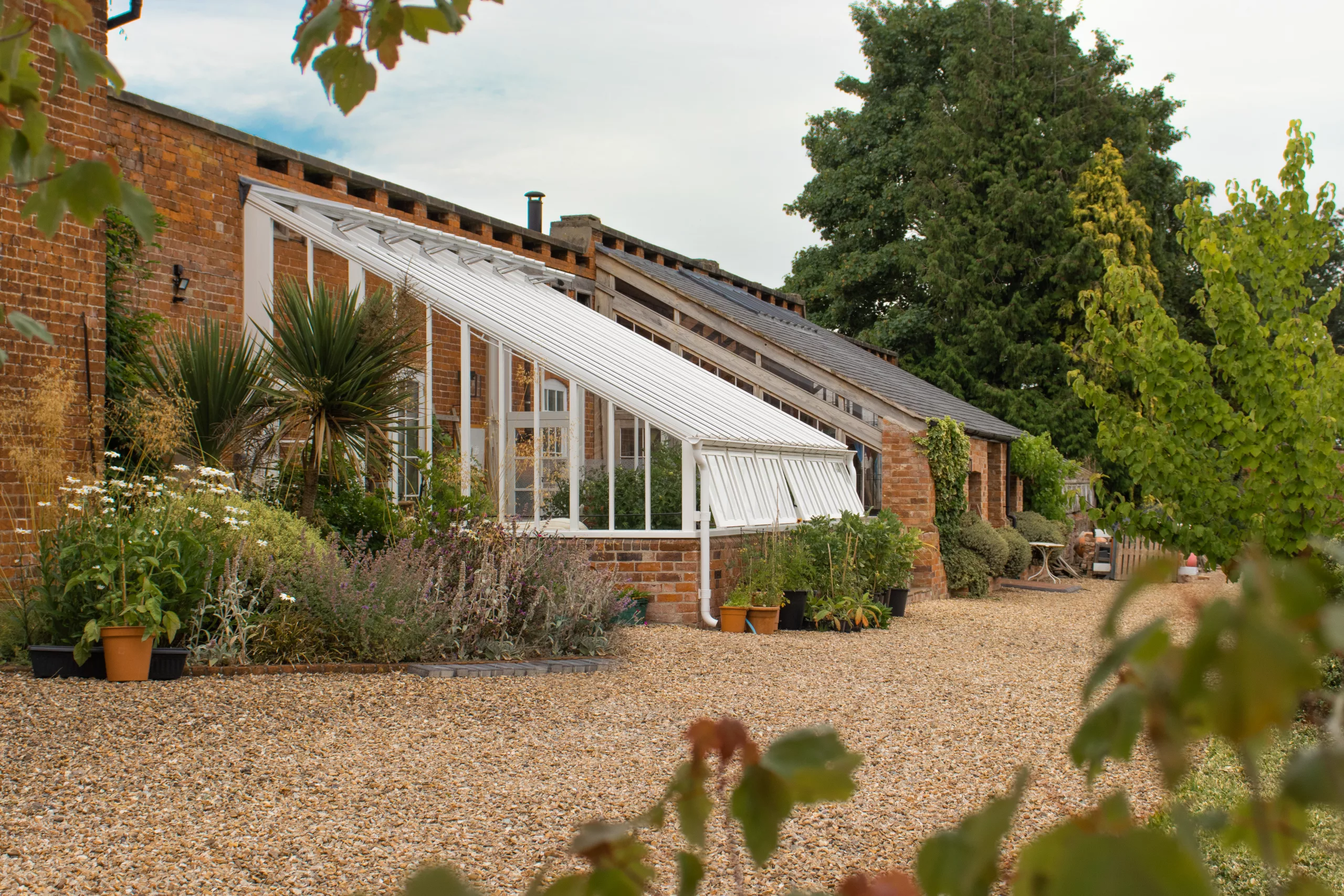
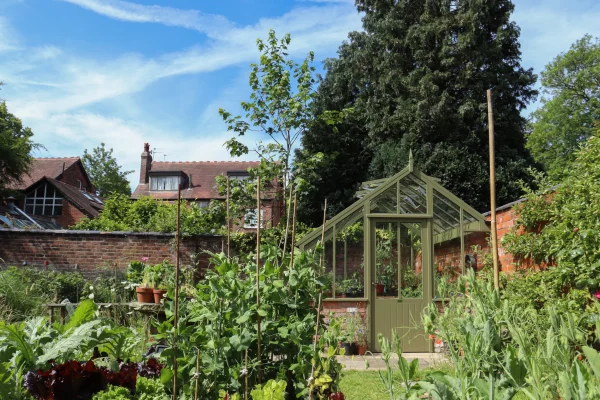
Comments
This article doesn't have any comments yet.